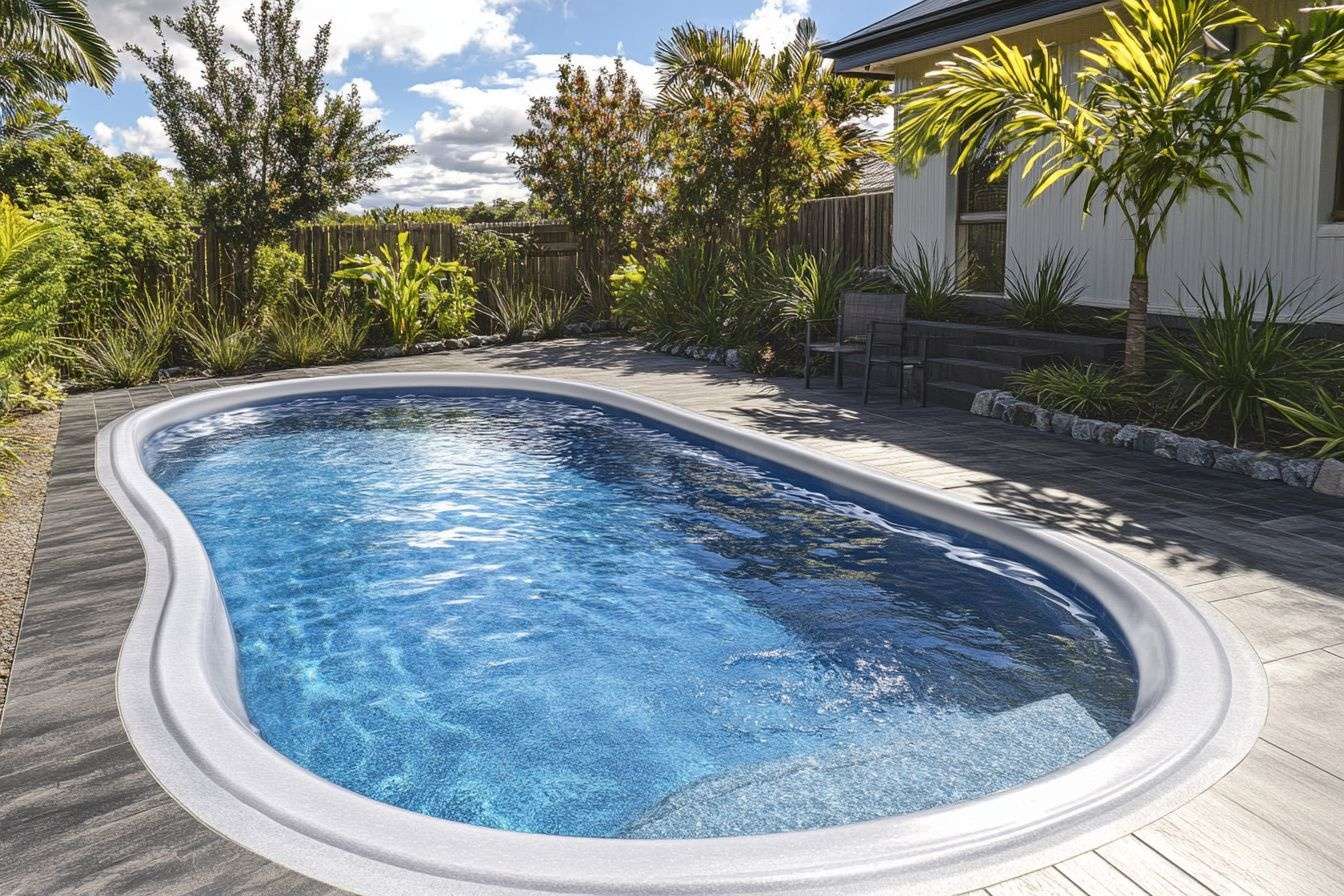Outdoor Living Pergolas: Design Ideas and Benefits
Outdoor living pergolas have become increasingly popular as homeowners seek to extend their living spaces beyond the confines of their homes. These versatile structures combine functionality with aesthetic appeal, creating defined outdoor areas that provide partial shade while maintaining an open, airy atmosphere. Whether you have a sprawling backyard or a compact garden space, pergolas offer numerous design possibilities that can enhance your outdoor experience and potentially increase your property value.

How an Outdoor Living Pergola Transforms Your Backyard
An outdoor living pergola serves as a focal point that dramatically changes the dynamics of your backyard space. By creating a semi-enclosed area, pergolas establish distinct zones for different activities, such as dining, relaxation, or entertainment. The overhead structure provides partial protection from sun and light rain while allowing natural light to filter through, creating appealing shadow patterns that change throughout the day.
The transformation extends beyond mere aesthetics. Pergolas offer practical benefits by reducing direct sunlight exposure, making outdoor spaces more comfortable during hot summer days. When combined with climbing plants or fabric covers, they can provide additional privacy and wind protection. The structure also serves as an excellent framework for outdoor lighting, ceiling fans, or even outdoor speakers, further enhancing the functionality of your outdoor living area.
Outdoor Living Pergola Designs for Small Gardens
Small garden spaces require thoughtful planning to maximize functionality without overwhelming the area. Compact pergola designs can effectively create the illusion of more space while providing all the benefits of larger structures. Wall-mounted pergolas, also known as lean-to designs, are particularly effective in small gardens as they utilize existing structures and require less ground space.
Corner pergolas make excellent use of underutilized garden areas, creating cozy nooks perfect for intimate gatherings or quiet relaxation. For extremely small spaces, consider pergolas with built-in storage benches or planters that serve multiple purposes. Vertical elements, such as lattice panels or trellises integrated into the pergola design, can provide privacy while supporting climbing plants that add greenery without consuming additional ground space.
The key to successful small garden pergola design lies in proportion and scale. Choosing appropriate dimensions ensures the structure enhances rather than dominates the space, while strategic placement can create sight lines that make the garden appear larger than it actually is.
Eco Friendly Outdoor Living Pergola Designs
Sustainable pergola design focuses on environmental responsibility without compromising style or functionality. Material selection plays a crucial role in creating eco-friendly pergolas. Reclaimed wood, sustainably harvested timber with Forest Stewardship Council certification, and recycled composite materials offer environmentally conscious alternatives to traditional lumber.
Bamboo pergolas represent an increasingly popular eco-friendly option due to bamboo’s rapid growth rate and natural durability. Metal pergolas made from recycled steel or aluminum also provide sustainable solutions with excellent longevity and minimal maintenance requirements.
Green pergola designs incorporate living elements such as integrated planters or green roofs that support local ecosystems. These features can help reduce urban heat island effects, improve air quality, and provide habitats for beneficial insects and birds. Solar-powered lighting systems and rainwater collection features can further enhance the environmental benefits of your pergola installation.
Popular Pergola Materials and Cost Considerations
Understanding material options and associated costs helps in making informed decisions about pergola installation. Natural wood remains a popular choice, with cedar and redwood offering natural resistance to insects and weathering. Pressure-treated lumber provides a more budget-friendly option but may require more frequent maintenance.
| Material Type | Average Cost Range | Durability | Maintenance Level |
|---|---|---|---|
| Cedar Wood | $2,500 - $6,000 | 15-20 years | Medium |
| Pressure-Treated Pine | $1,500 - $3,500 | 10-15 years | High |
| Aluminum | $3,000 - $8,000 | 25+ years | Low |
| Vinyl/PVC | $2,000 - $5,000 | 20-25 years | Low |
| Composite | $3,500 - $7,500 | 20-25 years | Low |
Prices, rates, or cost estimates mentioned in this article are based on the latest available information but may change over time. Independent research is advised before making financial decisions.
Installation costs vary significantly based on size, complexity, location, and local labor rates. DIY installation can reduce costs substantially but requires appropriate tools, skills, and time investment. Professional installation ensures proper construction and may include warranties, but typically doubles the overall project cost.
Design Features and Customization Options
Modern pergola designs offer numerous customization possibilities to match specific needs and preferences. Retractable canopies provide flexible shade control, allowing full sun exposure when desired and complete coverage during inclement weather. Integrated lighting systems, from string lights to sophisticated LED installations, extend the usability of pergola spaces into evening hours.
Privacy screens, whether made from lattice, fabric, or planted elements, can transform open pergolas into intimate retreats. Built-in seating, planters, and storage solutions maximize functionality while maintaining clean design lines. For year-round use in various climates, some homeowners incorporate heating elements, ceiling fans, or even outdoor fireplaces into their pergola designs.
Pergolas represent a versatile investment in outdoor living that can significantly enhance your property’s functionality and appeal. Whether you choose a simple design for a small garden or an elaborate structure with multiple features, careful planning and quality materials ensure years of enjoyment from your outdoor living space. The key lies in selecting designs and materials that align with your specific needs, environmental conditions, and long-term maintenance preferences.




